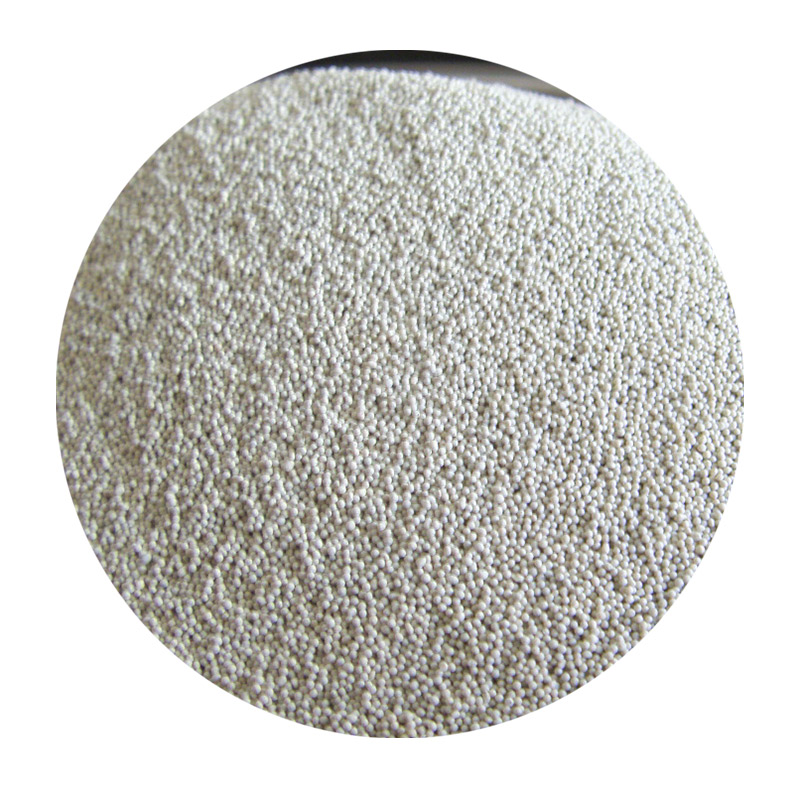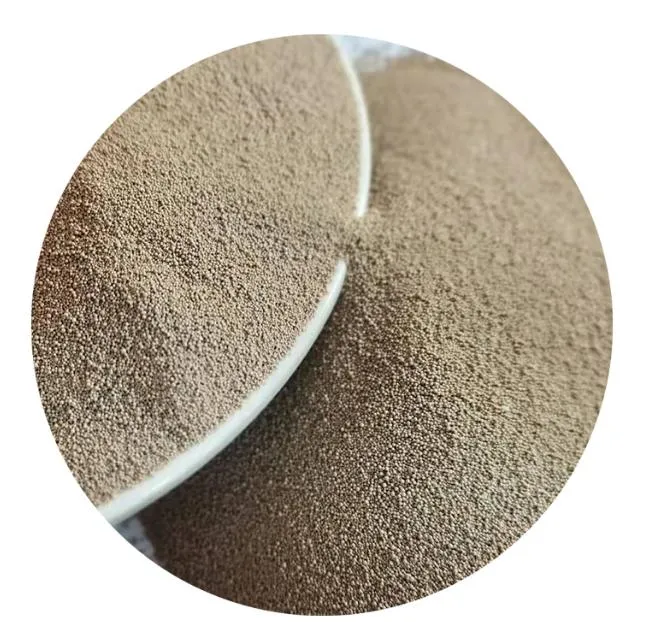

Moreover, the advent of integrated sand systems and cutting-edge technologies, like 3D sand printing, exemplifies the continuous evolution within this field. These advancements provide manufacturers the ability to prototype extensively, enabling a robust evaluation of design efficiencies and material compatibilities prior to committing to large-scale production. The digital transformation in sand casting exemplifies a marriage of traditional craftsmanship with modern technology, propelling the method into the forefront of sustainable and innovative product manufacturing. In terms of application, products ranging from automotive components to artistic sculptures underscore the adaptability of sand casting. Its role in producing intricate engine blocks or customized architectural elements signifies the symbiotic relationship between traditional methodologies and contemporary requirements. The result is a unique product that signifies not only a deep understanding of casting technology but also a commitment to precision and quality. The role of sand in such casts cannot be understated. Its unique characteristics allow for detailed and stable molds, suitable for a wide array of uses. With a concerted emphasis on recyclability and efficient material use, modern foundries are also adopting eco-friendly practices, such as reclaiming used sand and minimizing waste, directly contributing to sustainable manufacturing efforts. The future of sand in casting remains vibrant, supported by ongoing research and constant innovation. As manufacturers continue to seek methods for reducing costs while enhancing quality, the authoritative knowledge derived from centuries of sand casting will undoubtedly play a crucial role in shaping tomorrow's products. From automotive solutions to bespoke art pieces, the infusion of tradition and technological advancement in sand casting charts a promising trajectory for this time-tested technique, solidifying its place as both a cornerstone of the manufacturing industry and a harbinger of future innovation. Post time:mrt . 04, 2025 09:46
Next:low pressure sand casting
